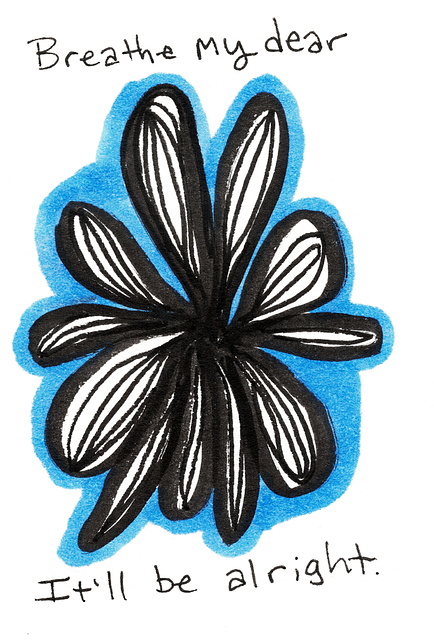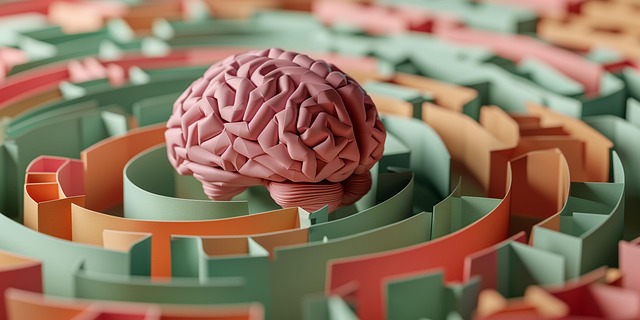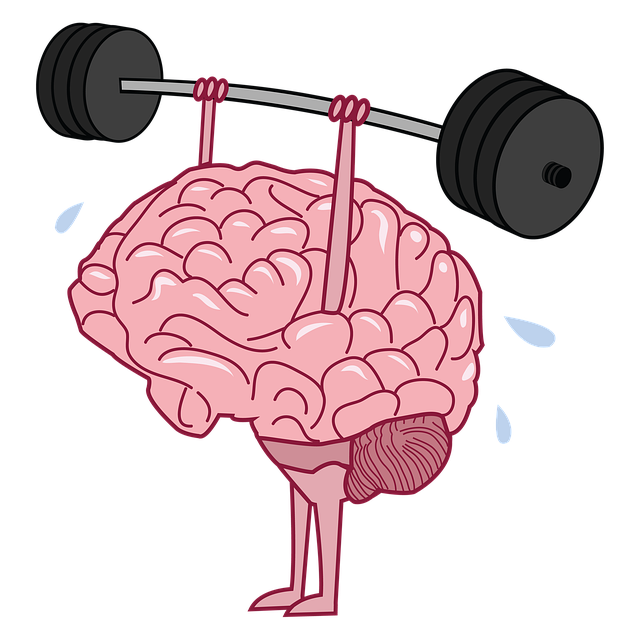Englewood Adjustment Disorder (EAD) therapy prioritizes group facilitation for effective management of mental health conditions stemming from trauma or stress. Facilitators create a supportive environment through active listening, structured discussions, and conflict resolution, enabling participants to share experiences, learn coping strategies, and build resilience. Key techniques include burnout prevention, stress reduction, cultural competency training, and fostering open communication. These approaches enhance individuals' ability to cope with stress, adapt to life changes, and progress in their mental wellness journeys, making them essential for successful EAD therapy.
“Uncovering powerful tools for mental wellness group facilitation is essential in supporting individuals struggling with Englewood Adjustment Disorder. This article guides you through the art of group therapy, offering insights on understanding the disorder and its unique challenges. We explore key techniques to enhance session effectiveness, ensuring a safe and supportive environment. From structuring engaging activities to fostering peer connections, discover practical tips for group leaders aiming to revolutionize mental health support through collaborative therapy. Embrace evidence-based practices for Englewood Adjustment Disorder therapy.”
- Understanding Englewood Adjustment Disorder and Group Facilitation
- Key Techniques for Effective Mental Wellness Group Sessions
- Practical Tips for Group Leaders: Fostering a Supportive Environment
Understanding Englewood Adjustment Disorder and Group Facilitation

Englewood Adjustment Disorder (EAD) is a mental health condition that can significantly impact individuals’ ability to cope with stress and adapt to life changes. Often resulting from traumatic or highly stressful events, EAD presents as a cluster of symptoms including anxiety, depression, and behavioral disruptions. Group facilitation plays a crucial role in EAD therapy, offering a supportive environment for individuals to share their experiences, learn coping strategies, and build resilience.
Effective group facilitation techniques are essential tools for healthcare providers aiming to assist those with EAD. By employing strategies such as active listening, structured discussions, and conflict resolution techniques, facilitators create a safe space where members can engage in meaningful interactions. Integrating Burnout Prevention Strategies for Healthcare Providers is vital to ensure the well-being of both the facilitator and participants, fostering an atmosphere conducive to genuine connection and progress. Additionally, incorporating Stress Reduction Methods within group sessions equips members with practical tools to manage their symptoms, ultimately enhancing their ability to navigate life’s challenges more effectively.
Key Techniques for Effective Mental Wellness Group Sessions

Effective mental wellness group sessions rely on several key techniques that foster a supportive and engaging environment. One of the most powerful tools is active listening, where facilitators pay close attention to each participant’s unique experiences and perspectives, ensuring everyone feels heard and valued. This technique encourages open dialogue, allowing individuals to process their emotions and gain new insights from one another.
Additionally, structured yet flexible agendas are essential. A well-organized session includes a mix of icebreakers, group discussions, skill-building activities, and moments for reflection. Facilitators should adapt these structures to meet the specific needs of the group, especially when addressing conditions like Englewood Adjustment Disorder. Incorporating community outreach program implementation strategies can enhance accessibility and inclusivity, ensuring diverse participation. Healthcare provider cultural competency training is also vital to create a safe space where every member feels understood and respected.
Practical Tips for Group Leaders: Fostering a Supportive Environment

Creating a safe and supportive environment is essential for effective group facilitation, especially when addressing sensitive topics like Englewood Adjustment Disorder Therapy. Group leaders should encourage open communication by fostering an atmosphere where members feel comfortable sharing their experiences and emotions freely. This can be achieved through active listening techniques, ensuring every voice is heard, and promoting empathy among participants.
Additionally, incorporating conflict resolution techniques can help manage differing opinions or challenging interactions. By teaching constructive ways to navigate disagreements, group leaders enable members to support each other during moments of heightened emotion. This approach not only enhances overall group dynamics but also provides valuable tools for managing anxiety relief, a common goal in mental health therapy. Moreover, encouraging members to offer support and kind words can create a sense of community, fostering a helpful environment that benefits everyone, including those facing disorders like Englewood Adjustment Disorder.
Englewood Adjustment Disorder therapy benefits greatly from group facilitation techniques, creating a supportive environment that enhances mental wellness. By employing key techniques outlined in this article—such as active listening, structured agendas, and promoting peer support—group leaders can effectively manage symptoms and foster resilience among participants. Practical tips emphasize the importance of a safe space, encouraging open communication and empathy to facilitate meaningful connections. These strategies empower individuals dealing with Englewood Adjustment Disorder to navigate challenges collectively, ultimately improving their overall mental health and well-being.














